Nepal is a dreamland for mountain climbers, home to eight of the world’s fourteen highest peaks. For decades, adventurers from across the globe have traveled here not just to climb the mighty Himalayas but to experience the unforgettable treks leading to their base camps. These base camps serve as the gateway to summits, but they’re also iconic trekking destinations in their own right. If you’ve ever dreamed of standing in the shadows of towering giants like Everest or Annapurna, a base camp trek is your golden ticket for mountain climbing in Nepal.
Table of Contents
Understanding Base Camps in Nepal
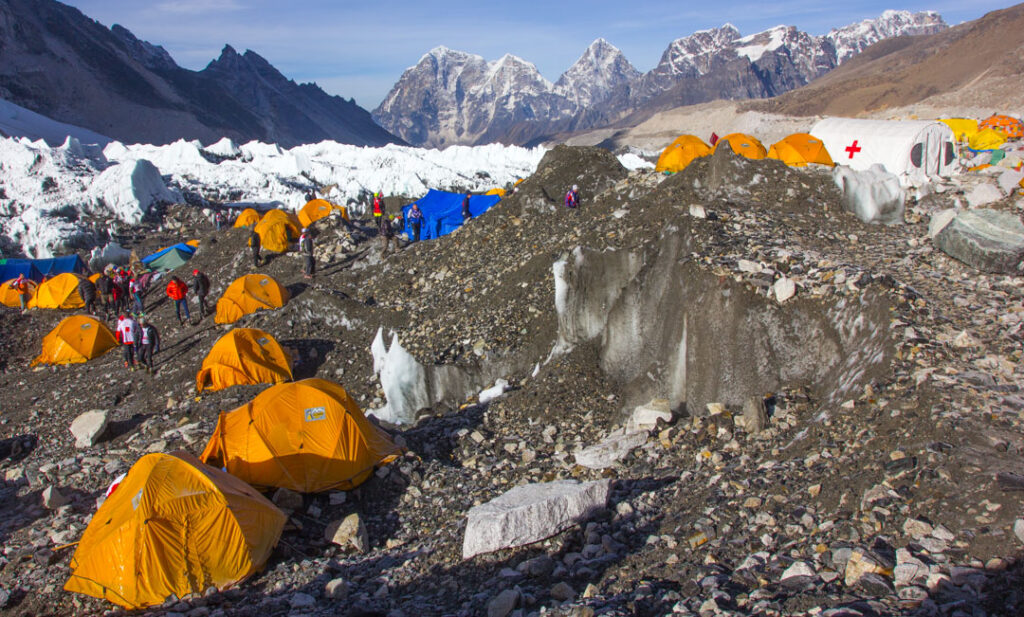
In essence, a base camp serves as a staging area for climbers. Mountaineers rest there, adjust to the higher elevation, and get ready for the more difficult trek that lies ahead. However, arriving at a base camp—a once-in-a-lifetime event full of adventure, stunning views, and cultural discoveries—is frequently the ultimate objective for trekkers interested in mountain climbing in Nepal.
Everest Base Camp (EBC)
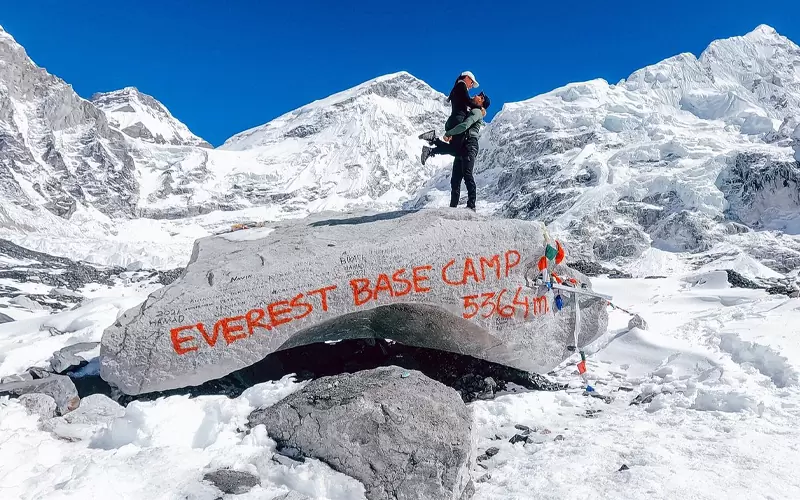
The most famous base camp in the world, Everest Base Camp, sits at around 5,364 meters on the Nepal side. Every year, thousands trek through the Khumbu Valley to witness the majestic view of Mount Everest up close. The journey itself is magical, passing through Sherpa villages, monasteries, and breathtaking suspension bridges—an unforgettable experience for anyone interested in mountain climbing in Nepal.
South Base Camp (Nepal side)
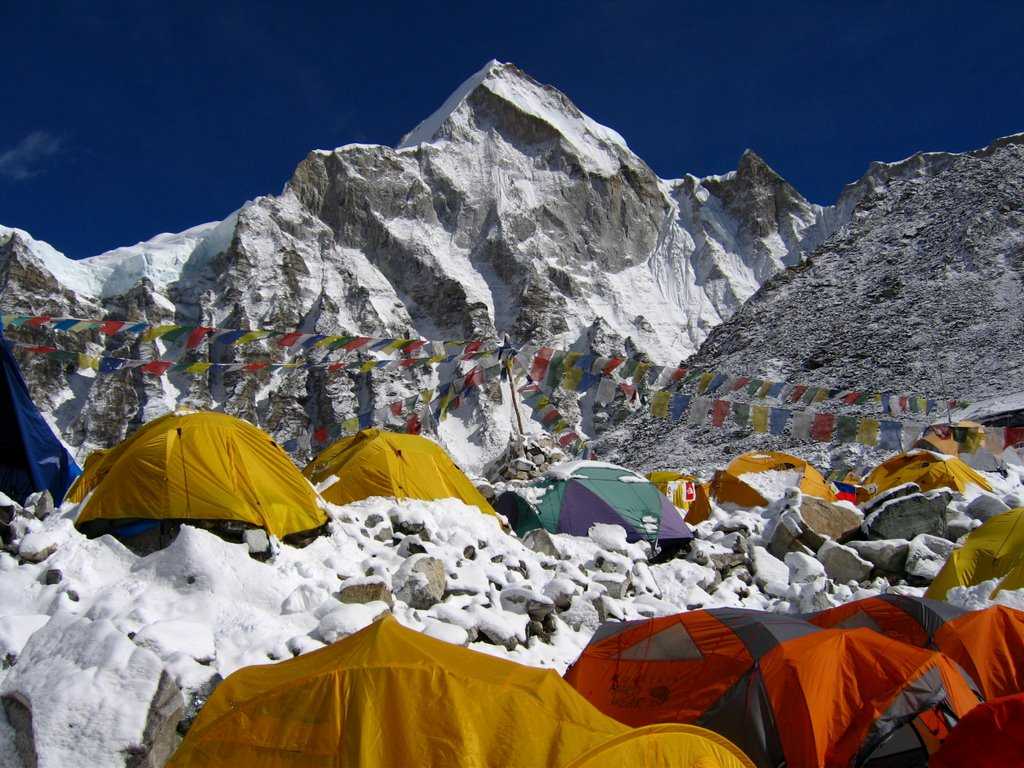
The South Base Camp trek is the classic route most trekkers choose. It’s best visited in spring (March–May) and autumn (September–November). Though challenging due to altitude, it rewards you with views of Everest, Lhotse, Nuptse, and the Khumbu Icefall.
North Base Camp (Tibet side)
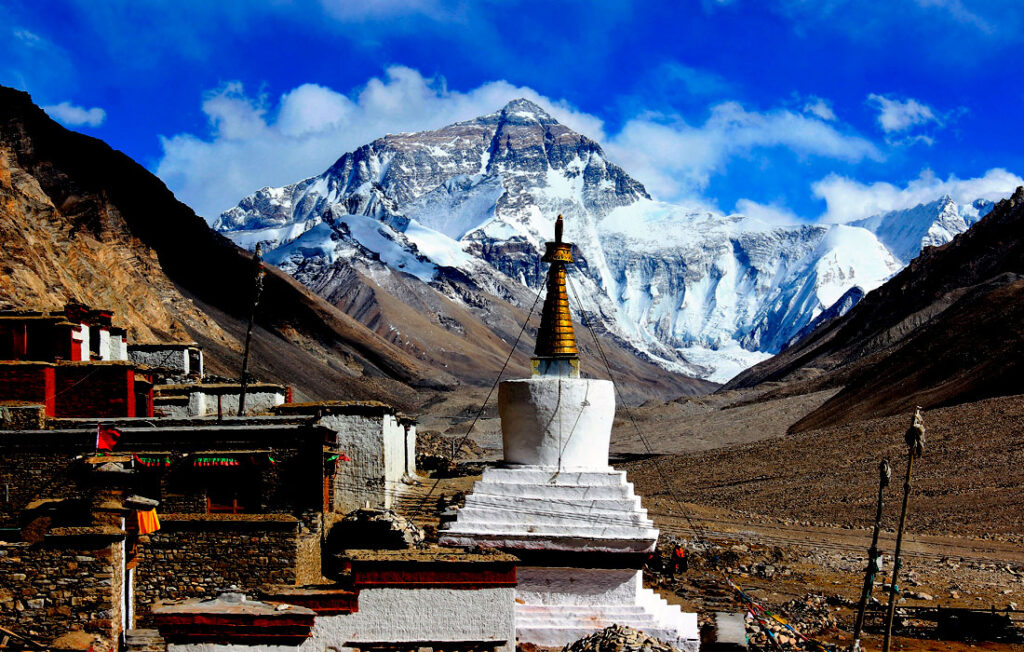
Located in Tibet, the North Base Camp is less accessible and requires special permits. Unlike the South Base Camp, this one can be reached by vehicle, but fewer trekkers go there due to stricter rules and political limitations.
Annapurna Base Camp (ABC)
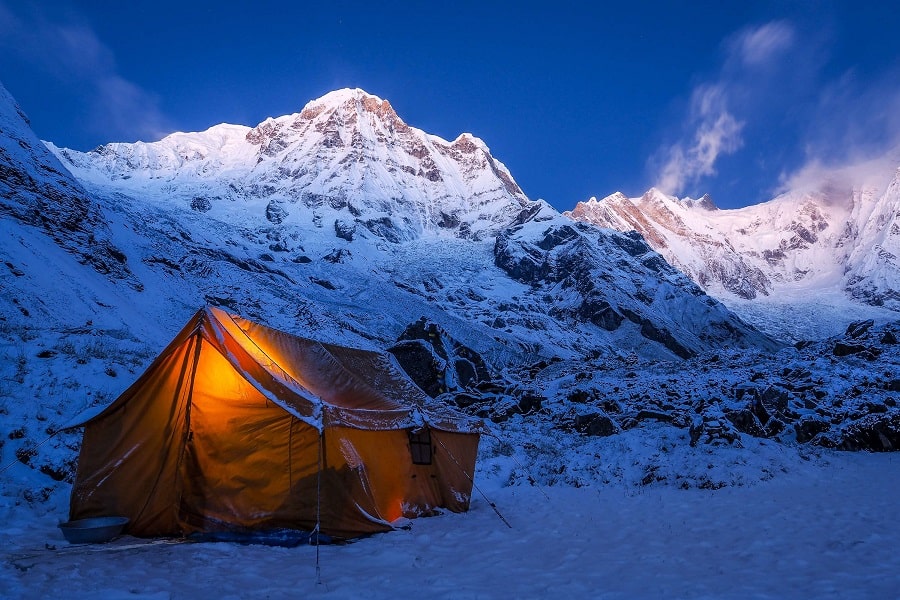
Annapurna Base Camp is another favorite among trekkers. At 4,130 meters, it offers panoramic views of Annapurna I, Machapuchare, and Hiunchuli. The trail is filled with rhododendron forests, terraced fields, and traditional Gurung villages.
Why ABC is Popular
Unlike Everest Base Camp, ABC is considered moderately difficult and can be completed in about 7–10 days. It’s a perfect blend of adventure and cultural richness, making it ideal for first-time trekkers.
Makalu Base Camp
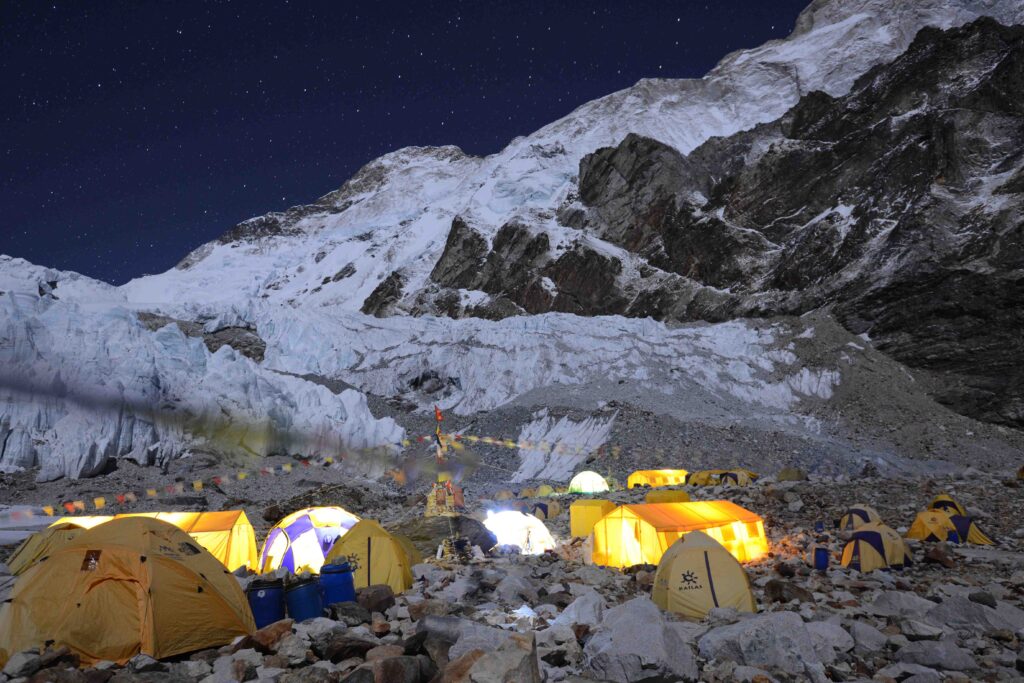
You may reach the base of the fifth-highest mountain in the world by trekking to Makalu Base Camp. This walk is much less busy because it is in a secluded location. You’ll see unspoiled landscapes, mountain lakes, and endangered species like red pandas. This is a strenuous walk that is best suited for seasoned hikers who enjoy the outdoors and isolation.
Kanchenjunga Base Camp
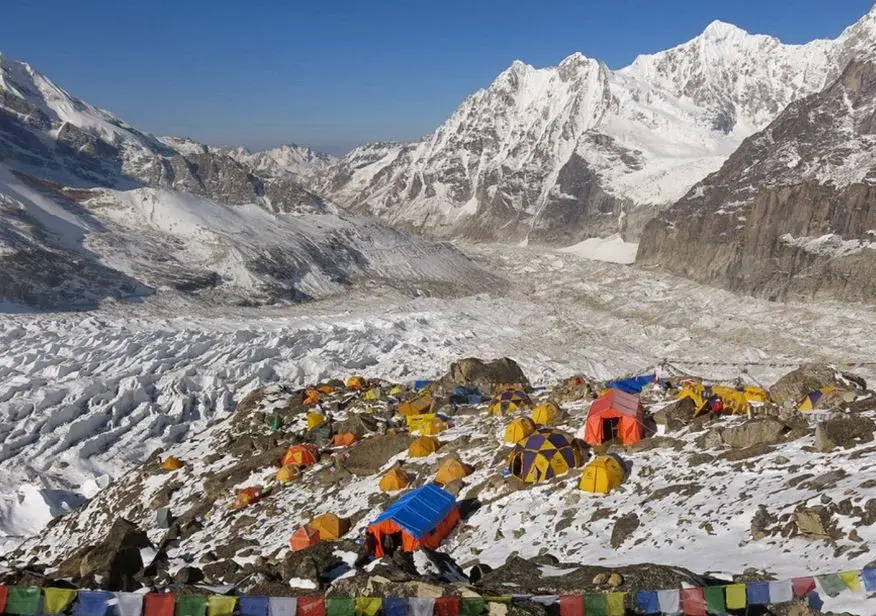
One of the most daring base camp excursions is available on the third-highest peak in the world, Kanchenjunga. North Base Camp and South Base Camp are the two primary routes. The paths wind through isolated communities and biologically diverse protected areas. One of Nepal’s best-kept secrets, according to trekkers.
Manaslu Base Camp
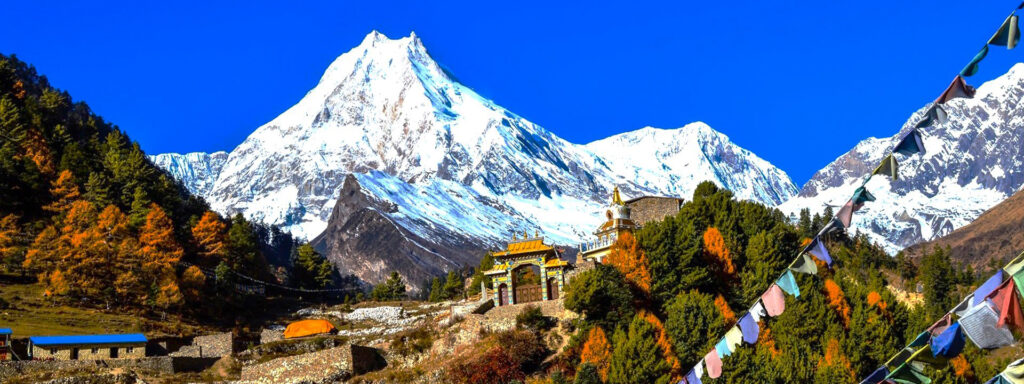
The Manaslu Base Camp trek is gaining popularity as a quieter alternative to Everest. Nestled at 4,800 meters, this trek is part of the restricted region, so permits are required. The route combines cultural immersion with jaw-dropping Himalayan views, making it perfect for those who want something unique.
Dhaulagiri Base Camp
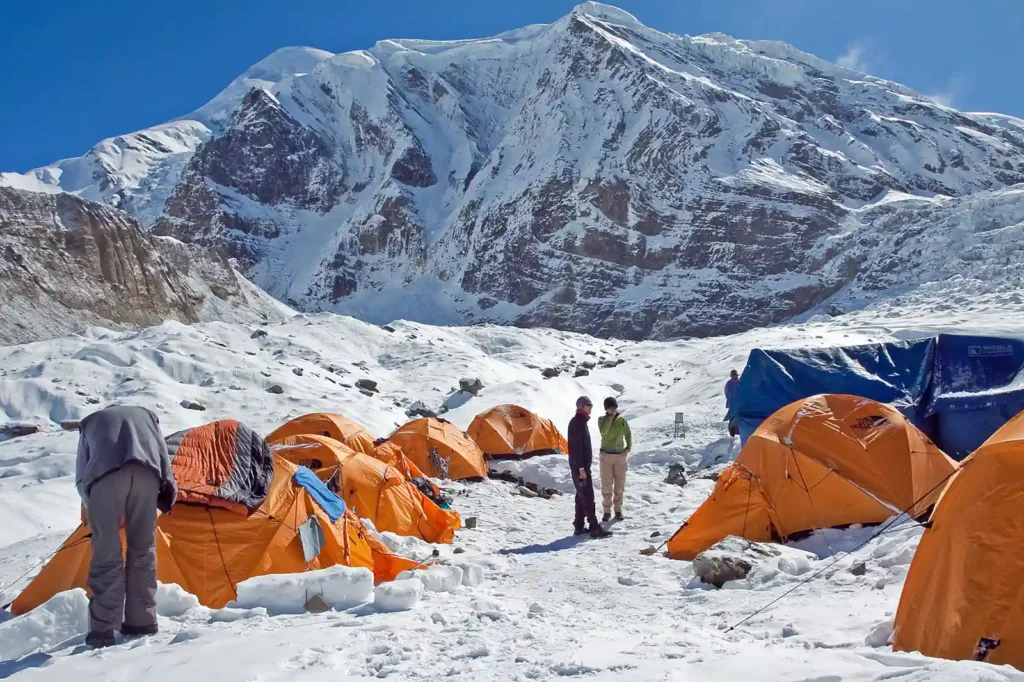
At 4,750 meters, Dhaulagiri Base Camp is one of the toughest treks in Nepal. The route includes high mountain passes, icy glaciers, and rugged landscapes. It’s not for the faint-hearted, but experienced climbers find it deeply rewarding.
Other Lesser-Known Base Camps
Nepal isn’t just about the big names. For those who prefer offbeat adventures:
- Mardi Himal Base Camp – A short trek with stunning Annapurna views.
- Langtang Base Camp – Rich in Tamang culture and close to Kathmandu.
- Tsho Rolpa Base Camp – Remote and peaceful, perfect for solitude seekers.
Comparing Nepal’s Base Camps
If you’re wondering which base camp trek suits you, here’s a quick breakdown:
- Easiest: Annapurna Base Camp, Langtang Base Camp
- Most Popular: Everest Base Camp
- Most Challenging: Dhaulagiri and Makalu Base Camps
- Most Remote: Kanchenjunga Base Camp
Tips for Planning Your Base Camp Trek
- Best Seasons: March–May and September–November
- Packing Essentials: Layers of warm clothing, sturdy boots, sleeping bag, and altitude sickness medication
- Acclimatization: Take rest days to adjust to altitude and avoid rushing
- Permits: Check requirements for restricted areas like Manaslu and Kanchenjunga
Also visit:
Planning Your Perfect Road Trip in Australia
Top 10 Wildlife Safaris in Africa You Must Experience
Planning Your Dream Wildlife Safari in Africa
The Magic of Wildlife Safaris in Africa: What to Expect
Conclusion
Nepal’s base camps are more than just waypoints—they’re experiences of a lifetime. Whether you’re looking for a challenging trek like Dhaulagiri, a cultural journey like Annapurna, or the ultimate adventure at Everest, there’s a base camp trek that fits your dream. So lace up your boots, pack your spirit of adventure, and get ready to stand face-to-face with the Himalayas on your mountain climbing in Nepal journey.




